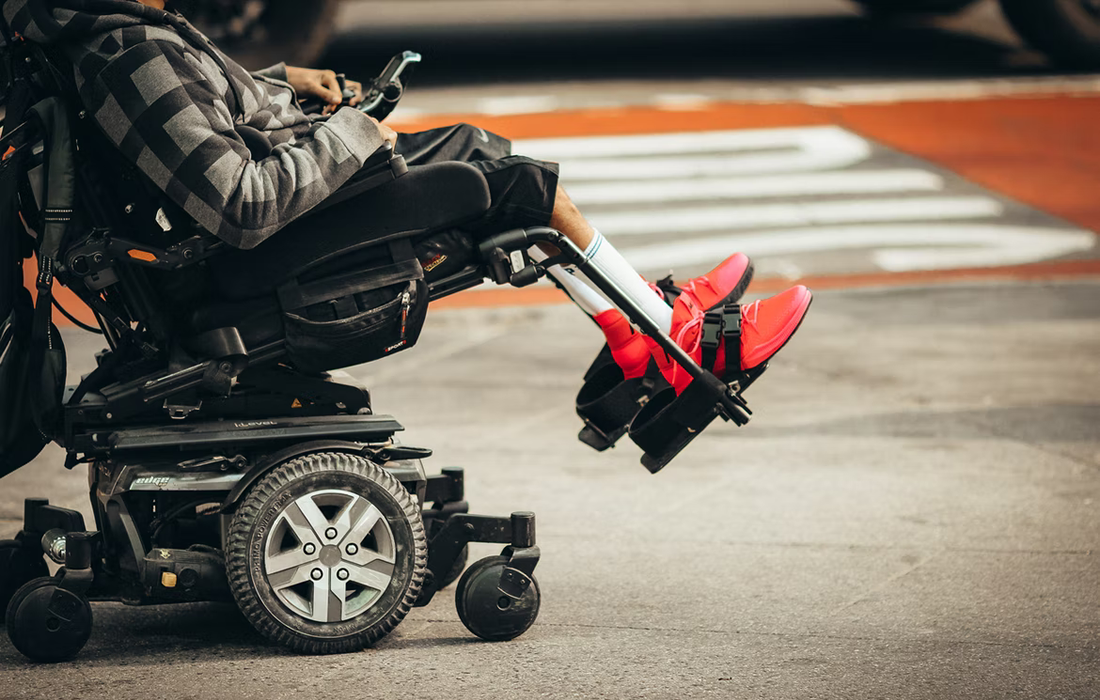Regenerative Medicine News and General Information
Brain Implant Allows Paralized Patient to Communicate
A paralized patient who has Amyotrophic Lateral Sclerosis (ALS) with no voluntary control of his muscles, including his eyes, has regained the ability to communicate in full sentences though a brain implant.
Amyotrophic lateral sclerosis (ALS) is a devastating neurodegenerative disorder that leads to the progressive loss of voluntary muscular function of the body. The individuals lose the ability to breath due to diaphragm paralysis, and upon accepting artificial ventilation and with orofacial muscle paralysis they lose in most cases the ability to speak and become dependent on assistive and augmentative communication devices.
Individuals with ALS can also lose their ability to control their eyes, and no existing assistive technology has provided voluntary communication in this completely locked-in state (CLIS).
In a recently published study, researchers from the University of Tübingen in Germany reported a case of a patient with ALS that was in the CLIS state that was able to communicate using a brain computer interface (BCI) without relying upon his vision.
To restore communication in CLIS, this participant was implanted with intracortical microelectrode arrays in two motor cortex areas. The device consisted of 64 microelectrode arrays in the supplementary and primary motor cortex of the patient.
The patient was able to modulate neural firing rates based on auditory feedback and he used this to select letters one at a time to form words and phrases to communicate his needs and experiences.
Source:
Natalia Mesa (2022 Mar 24). Brain Implant Allows Completely Paralyzed Patient to Communicate. The Scientist. Retrieved from:
Chaudhary, U., Vlachos, I., Zimmermann, J.B. et al. Spelling interface using intracortical signals in a completely locked-in patient enabled via auditory neurofeedback training. Nat Commun 13, 1236 (2022). https://doi.org/10.1038/s41467-022-28859-8
Image from:
Photo by Jon Tyson on Unsplash

